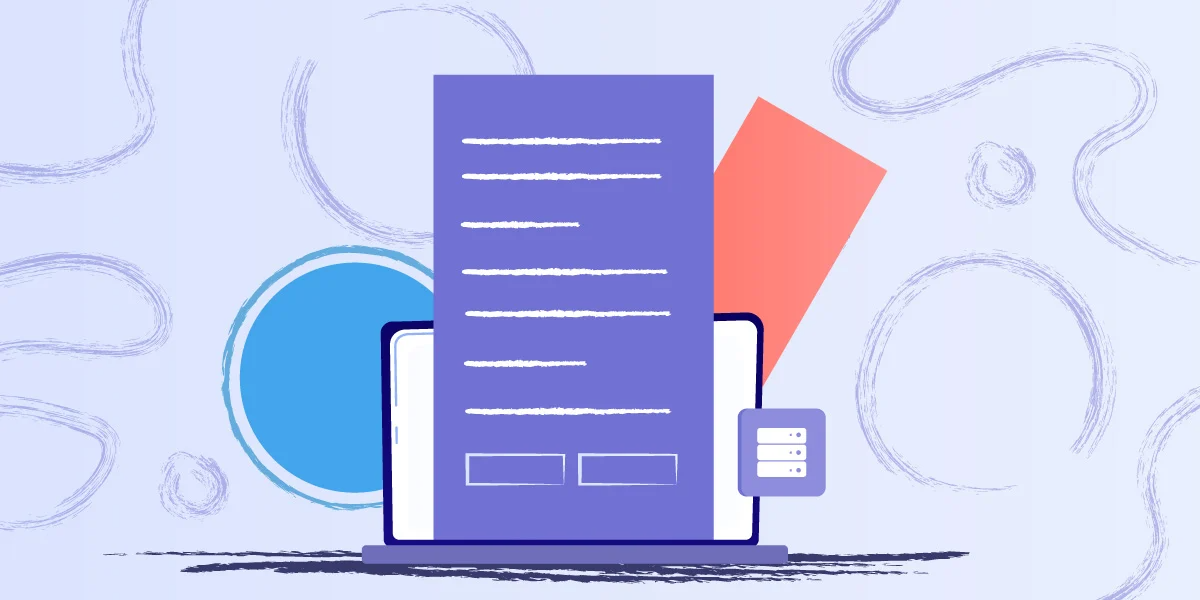Are you feeling like a jumbled mess of numbers and subnet masks as someone starts to talk IP addresses? This is normal. Mastering IP Subnetting is no joke but don’t despair: this ultimate cheat sheet subnet will make the process less of a daunting mystery! With this straightforward guide, you’ll develop the necessary skills to decipher the obscure details surrounding subnets with precision and confidence. Every network administrator, regardless of whether they are experienced or just starting out in networking, need to know the basics of IP addressing.

IP subnetting is a crucial ability for network administrators as well as IT professionals, allowing them to effectively manage and optimize the network’s resources. In order to help you navigate the many complexities of subnetting we have created an ultimate guide to subnetting. This comprehensive guide is an excellent source for anyone looking to know more about IP subnetting.
I. Understanding IP subnetting:
IP subnetting is the practice of breaking a network down into smaller subnetworks, or subnets to improve the efficiency of the network and to manage IP address allocation. It involves creating logical divisions within a network and assigning unique IP addresses for each subnet. This ensures efficient data routing, while also improving security.
II. The importance of a subnetting cheat sheet:
A cheat sheet for subnetting is a valuable tool for administrators. The cheat sheet for subnetting is an easy reference to formulas, subnetting regulations and strategies. It makes the process of subnetting more precise and efficient. The cheat sheet will help save your time and assure accuracy when it comes to performing subnetting calculations.
III. IP Subnet Cheat Sheet: The most important elements
1. Subnet mask: A subnet masque determines the network and host portion of an address. The cheat sheet can serve as a quick reference tool to determine the subnet, by determining how many network bits are available.
2. Network Address: The network address is the base address for the subnet. It is used to identify a subnet in an overall network.
3. Broadcast Address (also known as the broadcast address): This is the top-level address within the subnet. It’s used to transmit information to all devices connected to that subnet.
4. Host Range The host range comprises any valid IP addresses assigned to devices within a subnet, excluding the broadcast and network addresses.
5. CIDR Notation Classless Inter-Domain Routing (CIDR) notation signifies the subnet mask by using the Slash Notation (/) followed by the number of network bits. For easy reference the cheat sheet has the chart for conversion.
IV. Subnetting Success Strategies and Tips
1. Subnetting with Hand The cheat sheet subnet gives step-by-step directions for subnetting that do not rely on calculators or subnetting instruments. Understanding the fundamentals behind subnetting allows you to tackle subnetting challenges successfully.
2. Variable Length Subnet Masking (VLSM) VLSM permits for the distribution of different-sized subnets within an internet. The cheat sheet on subnets provides tips on how you can use VLSM effectively to maximize IP address allocation.
3. Binary to Decimal Conversion: Understanding binary-to decimal conversion is essential for subnetting. The cheat sheet provides an conversion table as well as suggestions for quickly converting binary numbers into decimal.
4. Subnetting Quick-Reference Chart This cheat sheet includes an subnetting table, that maps the number or network bits to the subnet masks that correspond to them, along with the number of networks, subnets and hosts.
5. Subnetting Examples Cheat Sheet: This cheat sheet gives practical examples and sample subnetting problems, which allow you to test your skills and improve your understanding.
V. The advantages of Subnetting cheat sheets:
1. It is possible to save time by making use of a cheat sheet to perform subnetting. It lets you quickly and accurately perform subnetting calculation tasks.
2. Accuracy and effectiveness The cheat sheet is an extremely reliable tool that lowers the possibility of errors in subnetting calculations and allows for efficient use of network resources.
3. Learning Aid Cheat Sheet: This cheat sheet is an excellent learning aid to help you learn subnetting strategies and concepts. It enhances your understanding of the subject and helps you apply subnetting principles confidently.
IT professionals who have a deep knowledge of IP Subnetting will be able to configure and maintain IP Networks effectively. Now you should have useful knowledge on how to create subnets and monitor them, and analyze the results as required. Remember that while IP subnetting isn’t required to require an extensive knowledge of the fundamentals of network design It is nevertheless important to review the basics first to be able to understand this incredibly powerful tool used by many IT professionals today. Practice is key to any IT ability. Regularly work through the IP subnetting Cheat Sheet exercises to ensure you understand the subject. Best of luck!

